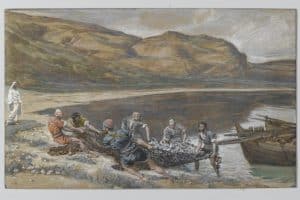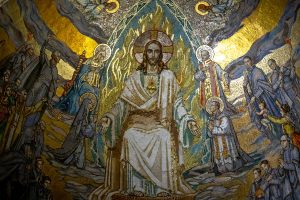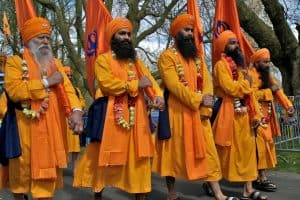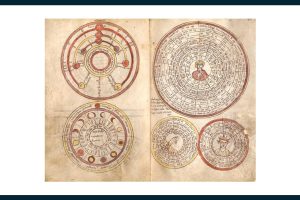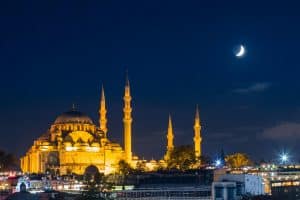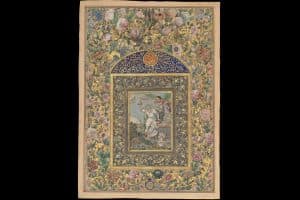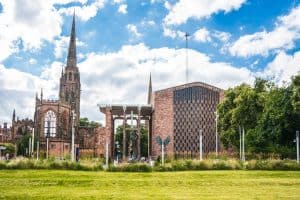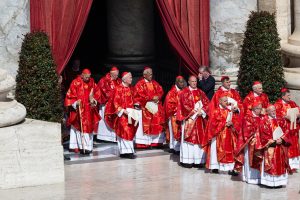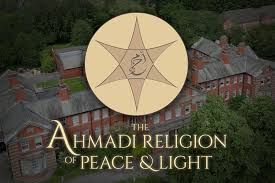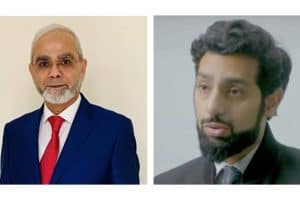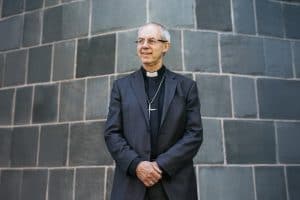By Katie Kelaidis
Why do Russians believe their church began in Kiev?
The Kievan Rus was a loose federation of primarily Eastern Slavic (but also Baltic and Finnic) people ruled out of Kiev between the ninth and 13th centuries. The modern nations of Russia, Ukraine, and Belarus all claim descent from the Kievan Rus.
Efforts to convert the Kievan Rus began in the middle of the ninth century under the direction of Patriarch Photios I of Constantinople. Over the next century, it is probable that a sizable portion of the Kievan Rus did become Christian; however, the ruling Rurik dynasty remained unbaptised.
This began to change in the middle of the 10th century, when Olga of Kiev, the ruling regent, visited Constantinople and was baptised. Despite Olga’s baptism, neither her son, Sviatoslav, nor her grandson, Yaropolk, converted.
Her grandson, Vladimir, came to the throne in 987, having killed his brother. He remained a practitioner of the Slavic animist religion for the first years of his reign. According to the Primary Chronicle (a medieval chronicle of the Eastern Slavic nations that remains the primary source for the region and period), in 987 Vladimir sent emissaries to the surrounding nations looking for a new religion. The legend is that his representatives reported back that in the Hagia Sophia — the great church of the Byzantines — they did not know if they “were in heaven or on earth”.
In 988, Vladimir was baptised immediately before his marriage to Anna Porphyrogenita, the Byzantine emperor’s sister.
Upon his return to Kiev with his new wife, Vladimir held a mass baptism in the Dnieper river. This event is considered the origin point of the Slavic Orthodox churches. The Metropolitan of Kiev was the chief religious body in the region, though it was subordinate to the Constantinople church.
When did the Russian Orthodox Church Move to Moscow?
After the Mongol invasion, Kiev began to lose its political pre-eminence. After an intermediary period in the city of Vladimir, the Metropolitan of Kiev moved to Moscow in the 14th century. In 1488, the Metropolis of Moscow became essentially independent from the Patriarchate of Constantinople, when it elected its own bishop without seeking the oversight of the Byzantine church. When Constantinople fell to the Ottomans five years later, the Russian tsar and Russia’s chief bishop came to see themselves as the rightful heirs to the Byzantine Empire, “the Third Rome”. However, it was not until 1589, after protracted negotiations between the now-impoverished Patriarch of Constantinople and Tsar Fyodor I of Russia, that the Patriarchate of Moscow was established.
How are nationalism and religion connected in Russia?
The link between nationalism and religion is no less complex in Russia than it is anywhere in the world. For centuries, the relationship between the state and church defined Russian self-identity. The idea of “Holy Mother Russia” as the “Third Rome” (and consequently the rightful heir of the Byzantine and Roman legacy) was the fundamental ideological building block upon which Imperial Russia was founded. It was not inevitable that in the post-Soviet era there would be a close relationship between the church and state in Russia. In fact, such a relationship did not really materialise until the Patriarch Kirill came to his position in 2009. Since that time, Kirill and Vladimir Putin have worked to forge an increasingly close alliance. This alliance has seen the increasing use of religious language and imagery in Russian state propaganda. Furthermore, the Russian state has progressively deployed the Russian Orthodox Church as an instrument of Russian soft power around the world.
Is religion central to Putin’s justification for war?
Yes. Religion, or rather, the shared religious history of Ukraine and Russia, has been central to Putin’s rhetorical justification for the war. As far back as 2018, Putin described the conversion of the Kievan Rus as the starting point for Russia nationhood and it is undeniably the countries’ shared religious history that proves the most salient and powerful historical justification for the current invasion.
Who are the main players in the Russian Orthodox Church?
The most important figure in the Russian Orthodox Church is the Patriarch of Moscow, Kirill. Born Vladimir Mikhailovich Gundyayev, he has been head of the Russian Orthodox Church since 2009. He is largely credited with bringing the church into close alliance with the Putin regime and Putin himself. The relationship has been reminiscent of, and arguably modelled upon, the relationship between church and state in Imperial Russia, right down to the creation and propagation of convenient fairy tales. For example, beginning in 2016, Patriarch Kirill and Putin began to promote the idea that Kirill’s father had baptised Putin in secret during the Stalin era.
Another key figure is Metropolitan Hilarion of Volokolamsk, the chairman of the church’s Department of External Relations. A noted theologian and church historian, Hilarion has largely been the public face of the Russian Orthodox Church endorsed push to bring “traditional values” to the forefront of Russian political life, at home and abroad.
What happened in 2018 between the Ukrainian and Russian Orthodox Churches?
At the beginning of the 21st century, there were three Orthodox jurisdictions in Ukraine: the Ukrainian Orthodox Church (Moscow Patriarchate), a part of the Moscow-based Russian Orthodox Church; the Ukrainian Autocephalous Orthodox Church, now defunct, an independent church founded in 1921 during the Ukrainian People’s Republic; and the Ukrainian Orthodox Church (Kiev Patriarchate), also independent, and founded in 1992 after Ukraine had gained its independence from the Soviet Union. Only the Moscow Patriarchate church was recognised by other Orthodox churches.
This situation was not acceptable to anyone and as early as 2014 the Ecumenical Patriarch of Constantinople was signalling that he intended to make a move in Ukraine, to unify the churches there and to undermine the power of the Patriarchate of Moscow in the country. The two primates had already tussled in 1996 over the independence of the Orthodox Church of Estonia.
In June 2016, the Ukrainian parliament passed a resolution to appeal to the Patriarch of Constantinople to grant autocephaly (or independence) to the Ukrainian Orthodox Church. The request of the Ukrainian parliament was followed up by Petro Poroshenko, who was then the Ukrainian president, who appealed to the Ecumenical Patriarch for the independence of the Ukrainian church in a meeting in Istanbul in 2018.
On 11 October 2018, the Synod of the Patriarchate of Constantinople reiterated its decision to move toward independence for the Ukrainian Orthodox Church.
The official declaration of autonomy (called a tomos) was signed by the Ecumenical Patriarch on 5 January 2019.
There has been a significant ecclesiastical fallout from this decision, with various Orthodox jurisdictions siding with either the Ecumenical Patriarch of Constantinople or the Patriarch of Moscow. For the most part, these various alliances have followed traditional patterns.
One of the most significant consequences for Western Europe was the transfer of the Patriarchal Exarchate for Orthodox Parishes of Russian Tradition in Western Europe from the Ecumenical Patriarchate to Moscow. This jurisdiction, based out of Paris, was founded by Russian émigrés in the 1930s. Its theological school, the St Sergius Institute, has long been considered a bastion of modern Orthodox theology. It is largely agreed that the jurisdiction was offered to Moscow as a kind of “concession” for Ukraine.
What is the relationship between the Russian Orthodox Church and other Orthodox churches?
The Russian Orthodox Church maintains good relationships with many other Orthodox jurisdictions, including the Serbian Orthodox Church and the Orthodox Church of America (an autocephalous Russian-tradition jurisdiction). However, it is near-complete schism — a complete break— with many others. The lack of response from the Moscow Patriarchate about the war in Ukraine has increased sympathy for an independent Ukrainian church. This could spell trouble for Moscow in its alliances with other Orthodox jurisdictions.
What are the ramifications for the war in Ukraine?
While certainly not Putin’s main motivation for invading Ukraine, the conflict over the independence of the Ukrainian Orthodox Church certainly offers a lot of propaganda potential. To begin with, the view of history that is posited by Putin — a view of history that erases Ukraine as an independent nation — is the same view of history that places the Ukrainian church under the authority of Kirill.
There is also the issue of Orthodox churches and shrines in the path of the invasion. Some of the most holy sites in Slavic Orthodoxy are in Ukraine. It is possible if these sites are damaged, or at risk of being damaged, that the Patriarch of Moscow, and possibly Putin, will come under pressure to prevent that.
Dr Katie Kelaidis is a historian whose work focuses on early Medieval Christianity and contemporary Orthodox identity in non-traditionally Orthodox countries
Dr Kelaidis joined guests in a Religion Media Centre online media briefing to discuss religion at the heart of the Ukraine war


